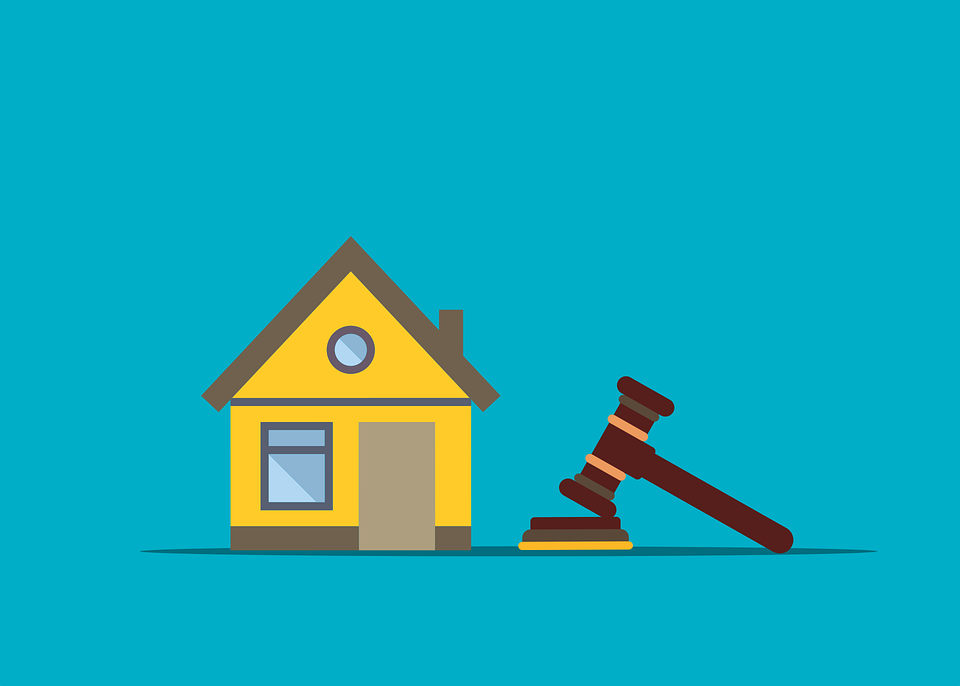How to Share an Undivided Property?
Summary
Step 1: Try to divide the undivided property amicably
Step 2: Apply for preferential allotment
Step 3: Resort to judicial partition
In the event of an inheritance or a divorce, the undivided property is distributed among the co-distributors (the heirs in the case of inheritance) according to their rights in the undivided property.
In the first place, an amicable division should be attempted, with, if necessary, the payment of a balance to compensate for the inequalities. If amicable sharing is not possible, one of the co-sharers can turn to the judge of the judicial court.
Here are the different solutions for sharing undivided property.
Note: the order of priority of the heirs is determined by the notary in charge of the succession.
1. Try to divide the undivided property amicably
Organize a meeting of the co-sharers
It is always preferable for the co-division partners to meet privately and discuss the distribution of the undivided property.
The notary in charge of the estate will meet with the heirs to find out their situation.
Good to know: concerning protected adults, the systematic prior authorization of the judge to resort to an amicable partition has been abolished. The approval of the amicable partition is only subject to the judge’s consent in case of the opposition of interests with the person in charge of the protection.
Consider whether to sell the property or to divide it physically
In an estate, it is always possible to sell the real and personal property and divide the sale proceeds among the heirs. This is the simplest solution and avoids any source of conflict.
Think about buying back the balance
When one of the heirs wishes to keep a particular property, he can pay their share to the other co-partitioners.
To calculate the amount of the balance, the following operation is performed:
Value of the property ÷ number of co-sharers = amount of the balance for each heir
Good to know: banks will finance the balance purchase in the form of a mortgage when the applicant’s ability to repay allows it.
2. Apply for a preferential allocation
One or more heirs can request a preferential allocation, i.e., they can ask for a part of the estate to be allocated to them first.
Note: preferential distribution is a right. However, it can be refused by the other heirs, in which case you will have to apply to the judge of the judicial court.
Check if you meet the following conditions:
If you are a surviving spouse: you have priority over the allocation of a property or a leasehold right if you had your primary residence there at the time of death.
If you are an heir in the presence of the surviving spouse, you have second priority on a property or leasehold interest if you had your principal residence there at the time of death.
Whether you are the surviving spouse or another heir, you may request preferential allocation of business premises if it was used for the exercise of your profession at the time of death.
Whether you are the surviving spouse or another heir, you can apply for preferential attribution of the deceased’s business if you participated in its operation.
Note: the heir requesting preferential attribution may be obliged to buy back the balance to compensate the other co-sharers.
3. Resort to judicial partition

Check if the conditions are met.
It is possible to have recourse to judicial partition if one of these conditions is met:
- The amicable division of the undivided property has not been successful.
- One of the co-sharers refuses to proceed with the amicable partition.
- One of the co-sharers is absent.
- One of the co-sharers is declared incapable.
- One of the co-sharers contests the amicable division.
- One or more of the co-sharers contest the preferential allocation.
Good to know: when one of the heirs refuses to proceed with the amicable division, only one of the other heirs can put him on notice by bailiff’s act. The interested party then has three months to appoint a representative or appear in person. After this period, it is possible to apply to the judge.
Contact the judge of the judicial court
The competent judge is the judge of the judicial court where the estate is located.
All you have to do is go to the clerk’s office with:
- the death certificate;
- an act of inheritance notoriety, issued by a notary;
- a copy of the bailiff’s letter(s) sent to the other co-partitioners, if applicable;
- the inventory of the estate;
- the names and residence addresses of the other heirs.
Wait for the next step.
The judicial court judge may appoint a representative in the place of one of the defaulting co-sharers or order a rectifying partition. He may also select a third party to proceed with the distribution.
However, the representative or the third party so appointed may not carry out the partition of the undivided property without the judge’s agreement.
Note: the judicial procedure for the partition of the undivided property may last several years. In this case, only one of the heirs can ask the judge for a measure to allow the continuity of the property. For example, the judge can appoint a manager or order that the co-sharers carry out essential work.




[…] The net assets must be calculated to bring the accounts into conformity with the legal rules of undivided ownership, i.e. the difference between the assets and the liabilities, to share the result between the co-owners in proportion to their shares in the undivided right. […]
[…] When heirs divide an estate, each co-heir receives property in proportion to his or her rights in th…. […]